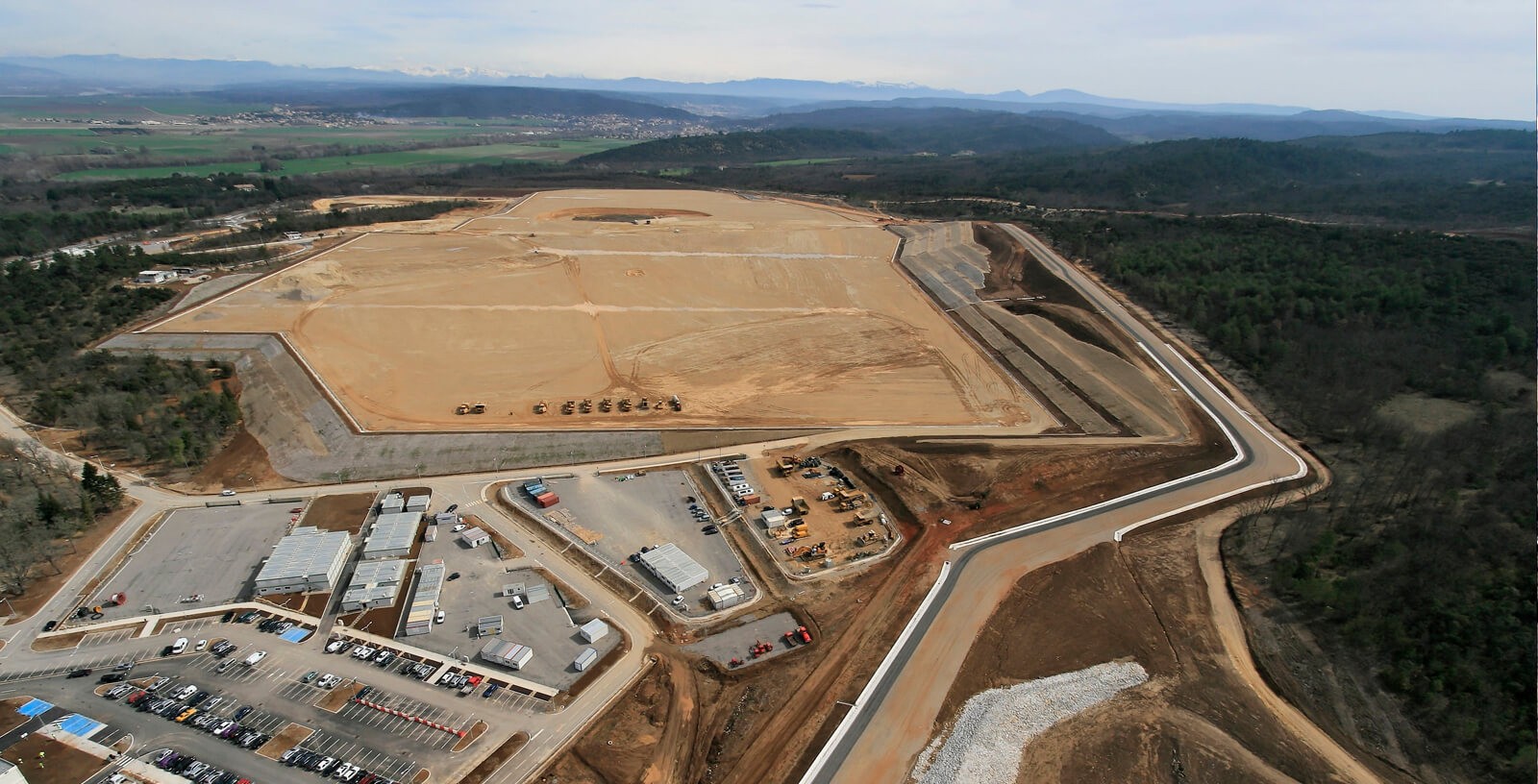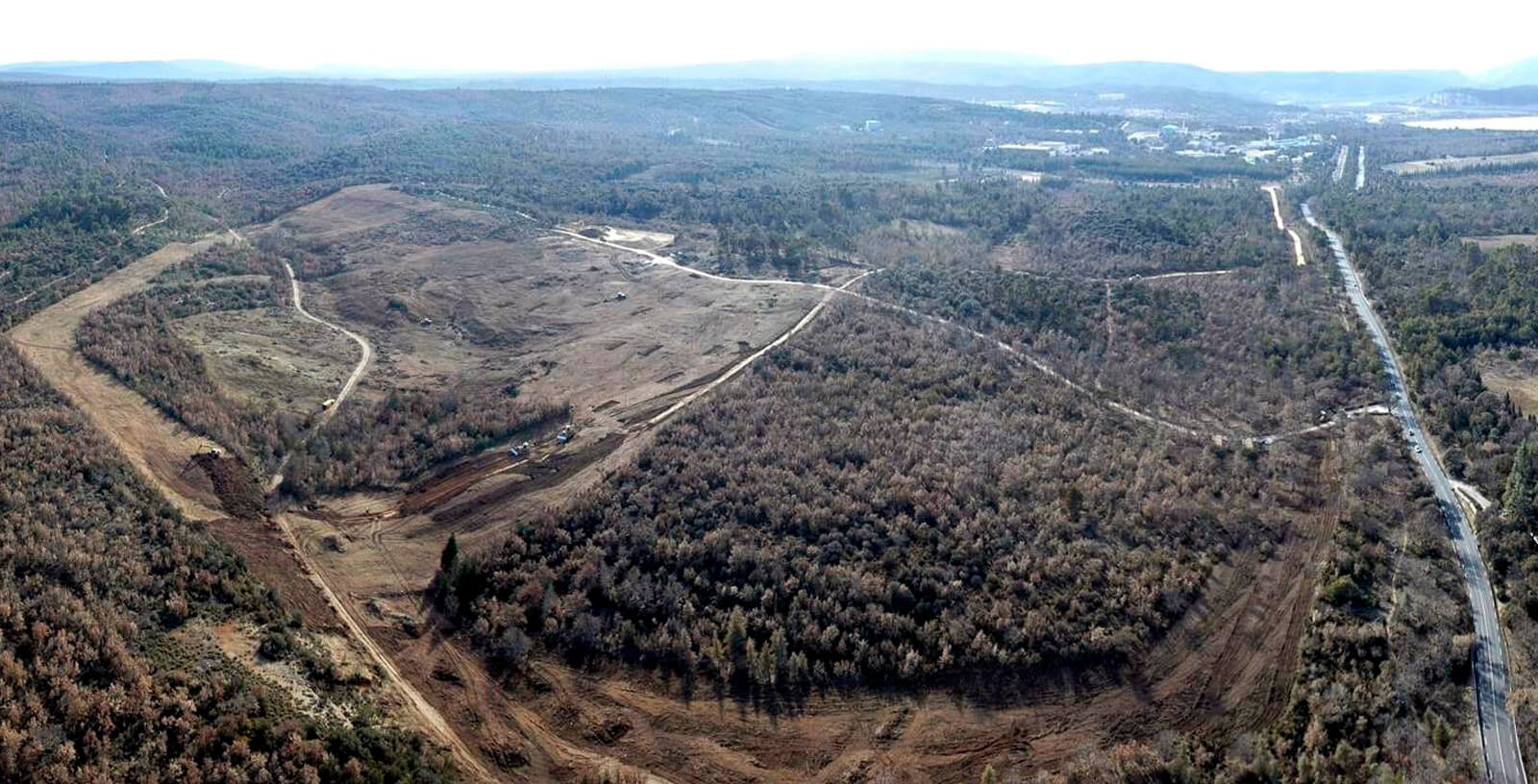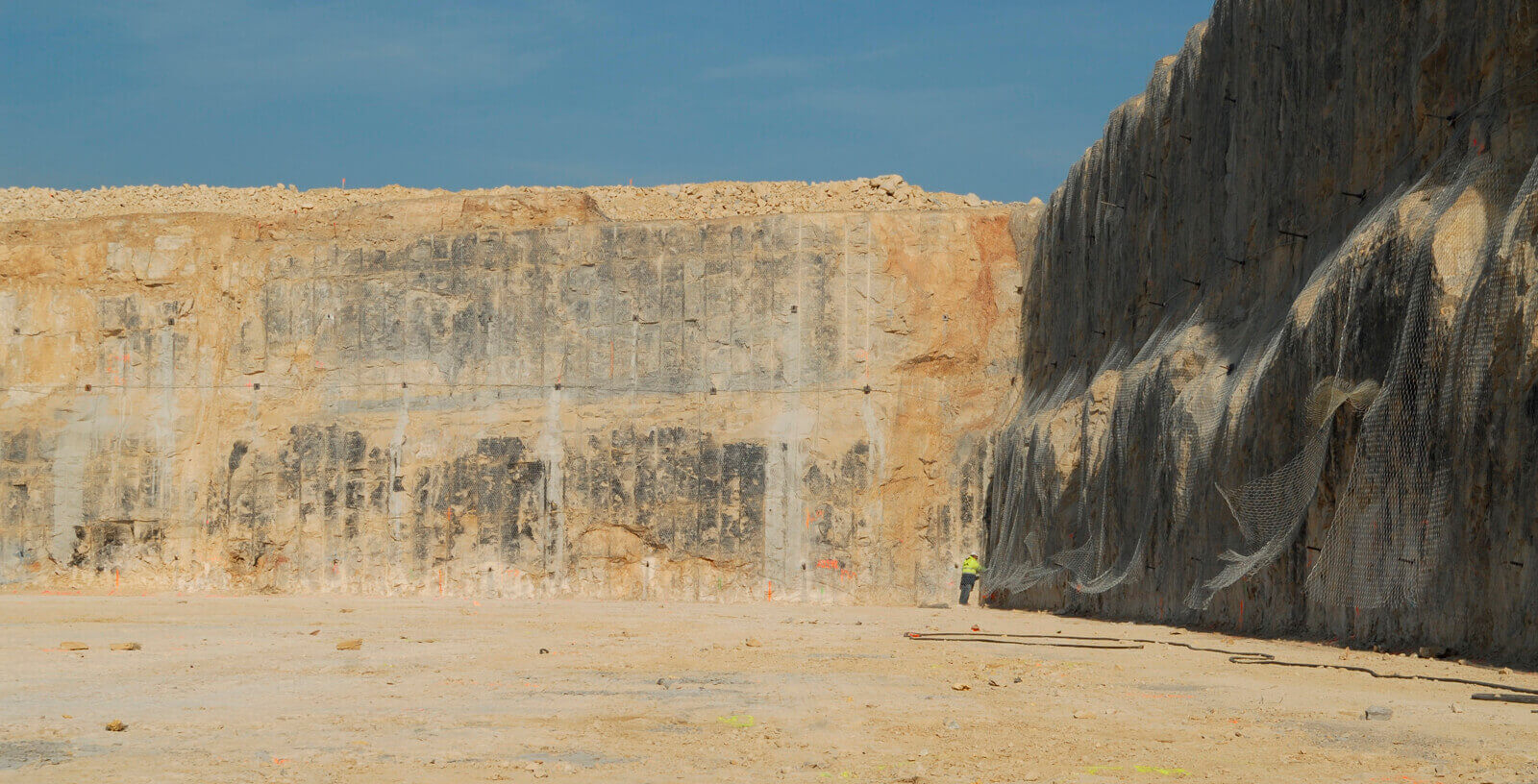Geotechnical monitoring and validation of foundation conditions for ITER
France
ITER (International Thermonuclear Experimental Reactor) aims to demonstrate that nuclear fusion can be a viable future energy source. The project is considered to be one of the greatest technological and engineering challenges ever undertaken. The objective of the geotechnical monitoring mission for the ITER buildings is to verify and validate the compliance of the detailed geotechnical design and the design and follow-up phases with good engineering practice in order to help control geological risks. This project is being carried out in a consortium with Halcrow and Altran.
The supervision of the works carried out by the consortium is divided into two phases:
- Detailed engineering design (design phase).
- Detailed geotechnical design (follow-up phase).
On the one hand, the supervision phase of the detailed geotechnical design is used to assure the contractor and the client that the documents prepared as part of the detailed geotechnical design comply with the geotechnical project specifications and are in line with the project objectives. The consultancy services provided cover the definition and drawings of the geotechnical structures, their dimensions, methods and conditions of execution of the works, as well as any proposals for changes that may be made if, at any time during the execution of the works, the geotechnical conditions are found to be different from those considered in the detailed geotechnical design.
On the other hand, the monitoring phase of the detailed geotechnical design of the works (follow-up phase) is characterized by regular, discontinuous intervention on site, which makes it possible to assure the general contractor and the client that the detailed geotechnical design of the works (follow-up phase), which is carried out continuously and is generally entrusted to the contractor, can be used for real-time validation of the geotechnical conditions, the selected geological and geotechnical models in real time, as well as to validate the similarity between the predicted and observed behaviour of the structures and neighbouring structures (observation method in particular), with the aim of contributing to the control of geological risks.










